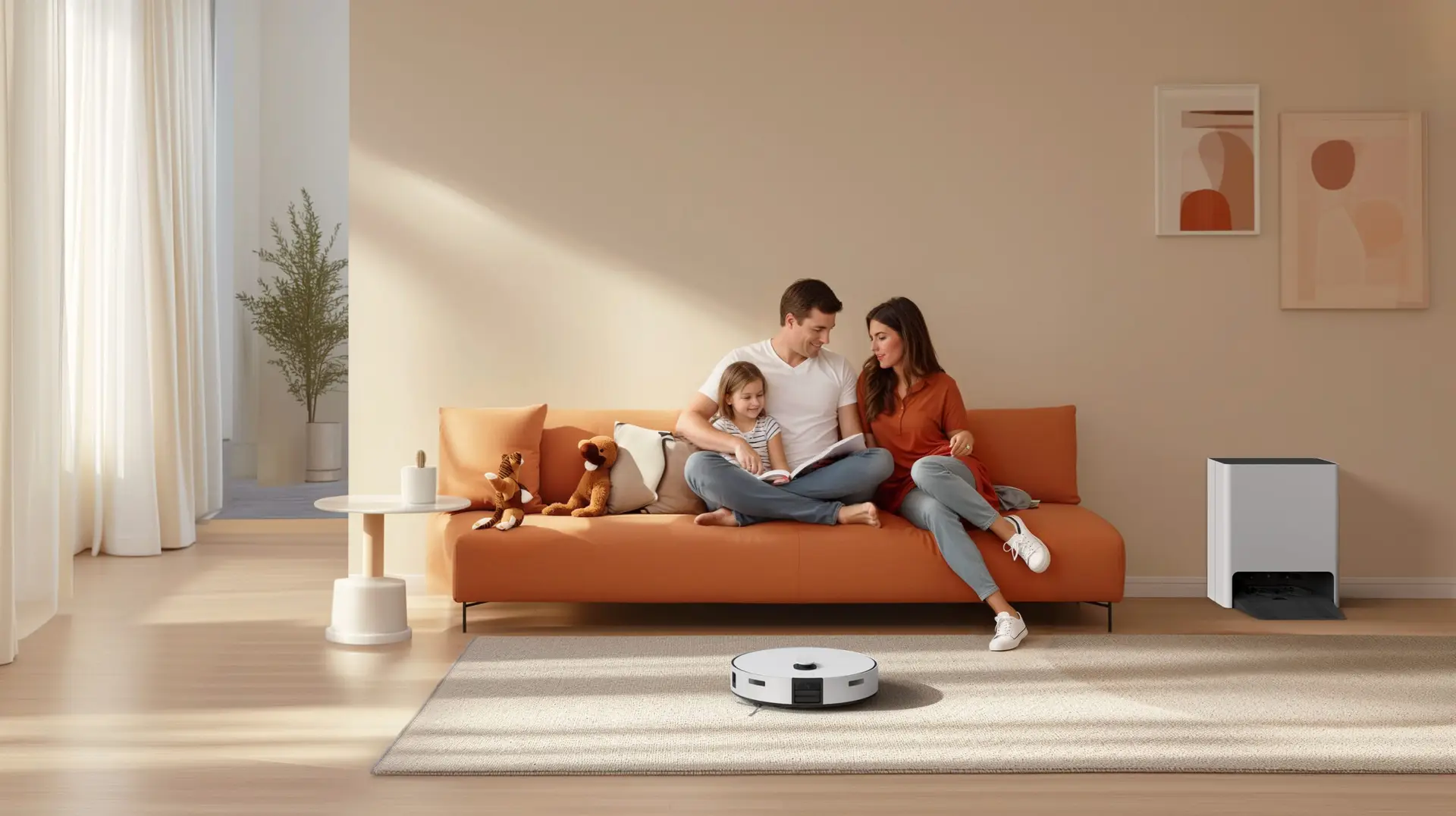Smartwatches and wristbands commonly used by athletes and coaches do not always show accurate data on physical performance, according to a recent study. Although these devices are extremely popular, especially for planning workouts and tracking progress, in reality they often only give estimates – and these are not always reliable.
They do not measure, they only count
A team of researchers at the Medical University of Warsaw, led by PhD student Przemysław Kasiak, concluded that sports equipment does not directly measure performance, but tries to predict it based on various formulas. This method can lead to significant deviations from actual values, especially for active people who play sport regularly.
“It is not uncommon, for example, for the clock to define the activity as very strenuous, when in reality it is moderately strenuous and ineffective, or, on the contrary, practically maximal,” explains Kasiak.
Why would this be a problem?
Inaccurate data can easily mislead athletes: for example, an overestimated training session can lead to a lack of expected progress, while an underestimated activity can lead to excessive fatigue. The researchers stress that these tools are not a substitute for professional load tests, especially if you are serious about performance measurement.
What data are we talking about?
In the study, the researchers analysed key performance indicators such as VE/VCO₂ slope (ratio of ventilation to carbon dioxide production per minute), peak oxygen pulse (O₂Ppeak), oxygen uptake efficiency slope (OUES) and plateau (OUEP). These values are used not only in sport but also in medical diagnostics.
According to the research, the biggest differences are found in professional athletes with high endurance levels. For the more casual, less intensive user, however, these devices can still be useful, as long as they are not used exclusively for serious training.
The lesson?
Smart devices are good for many things, but they are not infallible. It is worth using them consciously and not taking all their data for granted – especially if you rely on them for real sporting performance or health purposes. For those with serious goals, it is still worth considering professional measurements.
Read the full article HERE to read.






